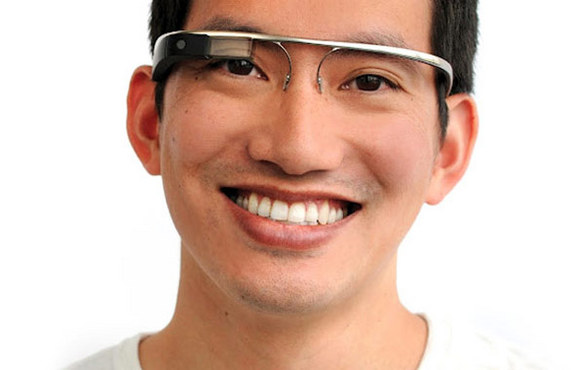Google Glass Blocks Peripheral Vision

Wearing the head-mounted device Google Glass may obstruct a person's vision more than wearing regular glasses, researchers say.
The device partly block a person's peripheral vision, which is weaker in humans at distinguishing colors and shapes than a person's central vision, but it is better in detecting motion. So during activities such as driving or even walking in the street, unobstructed peripheral vision is essential for spotting things out of the corner of one's eyes.
"Interest in wearable head-mounted display systems for general consumers is increasing," and several models are being produced, the researchers wrote in their study. But exactly how these devices may affect people's vision is largely unknown, they said.
In a new study, Dr. Tsontcho Ianchulev, of the University of California, San Francisco, and his colleagues examined how much a person's peripheral visual field is obstructed by wearing Google Glass, which has a prism and a larger frame than most conventional eyeglasses. Three people participated in the study and wore Google Glass for an hour, long enough to get used to them.
The participants wore the device in three slightly different ways, so that the prism would sit either right in front of the eye's pupil (the dark area in the middle of the iris), or near the pupil, or a little above the level of the eye. The display feature of the eyewear — which can show a user information such as the weather, or phone calls they've received — was turned off during the experiment to avoid distractions.
The participants also wore normal eyeglass frames of similar shape, without the prism, as a control condition for the study.
To determine if Google Glass was obstructing their vision, the participants underwent standard tests of their central and peripheral vision. The results revealed that the Glass caused blind spots and obstructed participants' vision in the upper-right quadrant of the visual field. [9 Odd Ways Your Tech Devices May Injure You]
Get the world’s most fascinating discoveries delivered straight to your inbox.
But the participants didn't experience blind spots when they wore the regular frames, according to the study published today (Nov. 4) in the Journal of American Medical Association.
The study only involved three people, so to get a larger sample, the researchers also looked online for photographs of people wearing Google Glass, and analyzed 132 such images. They found that in about 40 percent of cases, the prism was placed above the pupil, but in 60 percent of the cases the prism was near to or covered the pupil.
The results suggest that many people wear the device in a position that's likely to cause blind spots and interfere with their daily activities, the researchers said.
Email Bahar Gholipour. Follow Live Science @livescience, Facebook & Google+. Originally published on Live Science.



